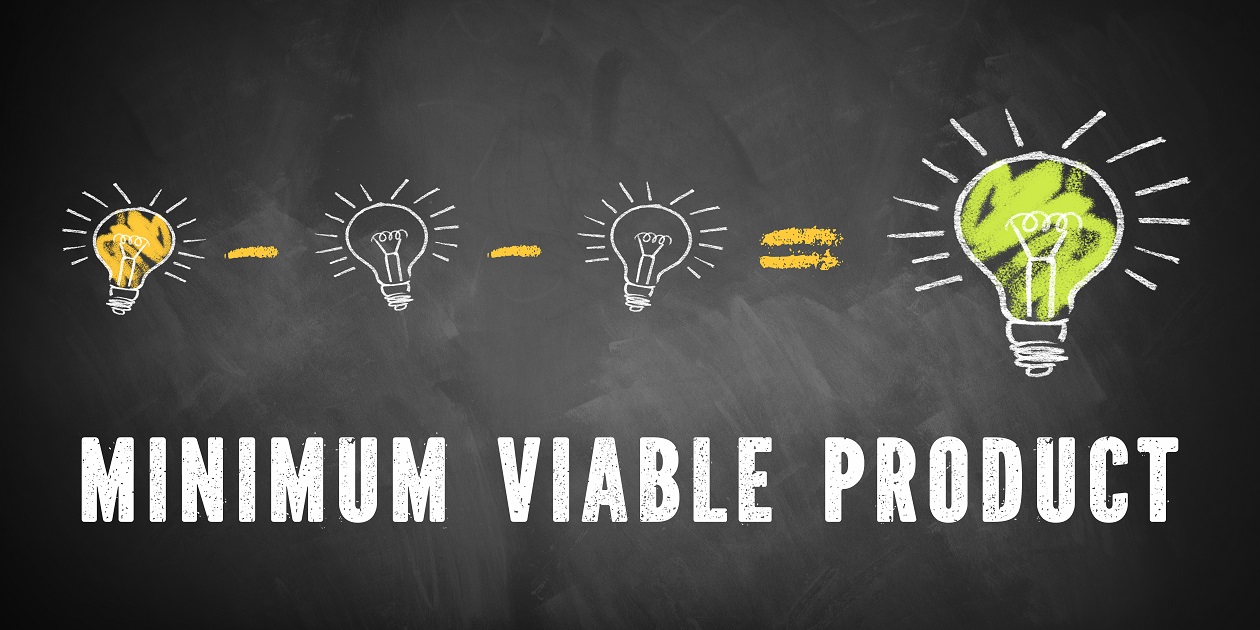
A Minimum Viable Product (MVP) can get a bad reputation with software developers, but it shouldn’t. When implemented effectively, an MVP is a tool that allows lean development and product teams to determine the potential of a product before investing substantial amounts of time and money. Using this approach helps teams gain practical insights and feedback on their initial product. The process helps shape later versions and allows for more efficient development, ultimately creating less technical debt and more profitable products. Here’s a quick overview of the MVP approach, how it works, and its benefits.
What is a Minimum Viable Product?
A minimum viable product (MVP) is a Lean Startup concept that emphasizes the importance of learning in new product development. This initial version of a product allows teams to collect the maximum amount of validated learning with the least amount of effort. It includes fundamental components and features while keeping end-users’ core requirements and needs in mind. The product is tested in real market conditions to determine its potential to succeed before investing in the full product.
A strong case could be made to use MVP versions for most products. If you’re in the process of bringing a new product or product line to market, an MVP could be an invaluable tool to ensure it will fit the end-users’ needs. An iterative approach allows product teams to test assumptions in the market (or with a beta group) for each functionality set. Teams can make an informed decision to move forward with the product and build out additional features or take a step back and refactor based on early feedback.
How Does it Work?
An MVP allows us to shorten the product development cycle and rapidly discover if a product is viable. It requires an incredibly collaborative, cyclical approach to development, achieved by adopting a mixture of business hypothesis-driven experimentation, iterative product releases, and validated learning.
Initially, the product team must have a clear vision of the features and assumptions they would like tested in the first version. The development team can put those features in place, and the end-users can offer feedback. The product team analyzes the feedback and determines what to share with the development team. This process can carry on well past the MVP version throughout the full product development lifecycle.
MVP is an Invaluable Tool in Product Development
An MVP ensures the best version of a product is built and delivered to users expeditiously. Teams identify and validate end-users’ most beneficial features and functionality during thorough planning sessions. Getting the first version out early is a cost-effective way to get feedback, gain a strong user base, and increase the chances of success, whether you’re working on a new project or an existing one.
It’s essential to validate product development efforts along the way with your user base. Using an MVP approach is a great process to ensure you’re creating a valuable product that fits the end-users’ need while saving time and money. If you need help getting started, our DragonSpears experts are  , or you can visit our
, or you can visit our  to learn more.
to learn more.

